July 4, 2026, marks the 250th anniversary of the adoption of the Declaration of Independence, but that historic vote doesn’t tell the full story of the United States. For that, you need to head to Virginia’s Historic Triangle.
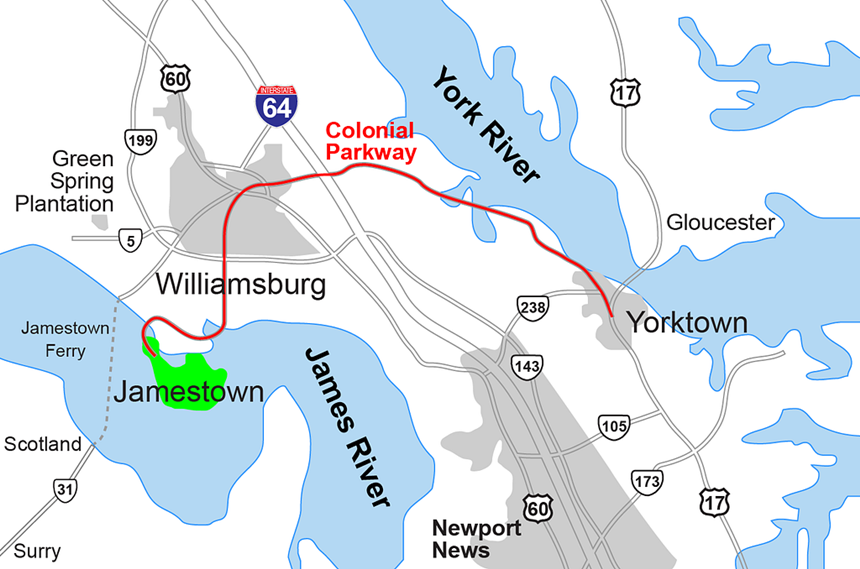
Wedged between the James and York rivers, Virginia’s Historic Triangle saw the rise of English America when approximately 105 men and boys settled on the James River in 1609 — and its fall, when the British surrendered at Yorktown in 1781. It’s also here that the colonists first proposed the idea of self-governance.
But there’s another reason to visit the area. Virginia’s Historic Triangle gives a voice to all people that lived in this stretch of pine trees and wetlands, including women, Native Americans, and enslaved people from Africa.
Jamestown Settlement
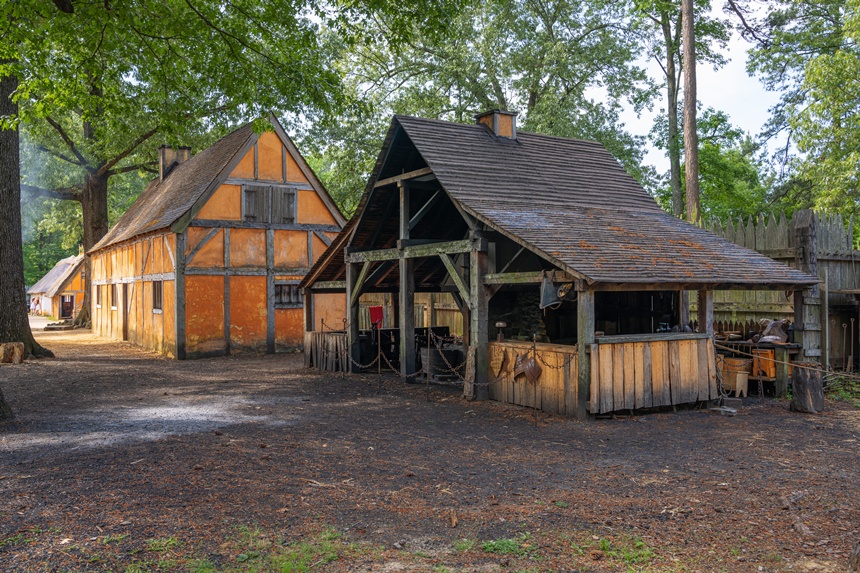
For a chronological experience, start at Jamestown Settlement, a living history museum that brings the early days of North America’s first English colony to life. Indoor exhibits introduce the Paspahegh (a tributary of the Powhatan people), who lived in the area, and explain how the English in America survived their first years here. Many exhibits also address what life was like for women and enslaved people in the settlement.
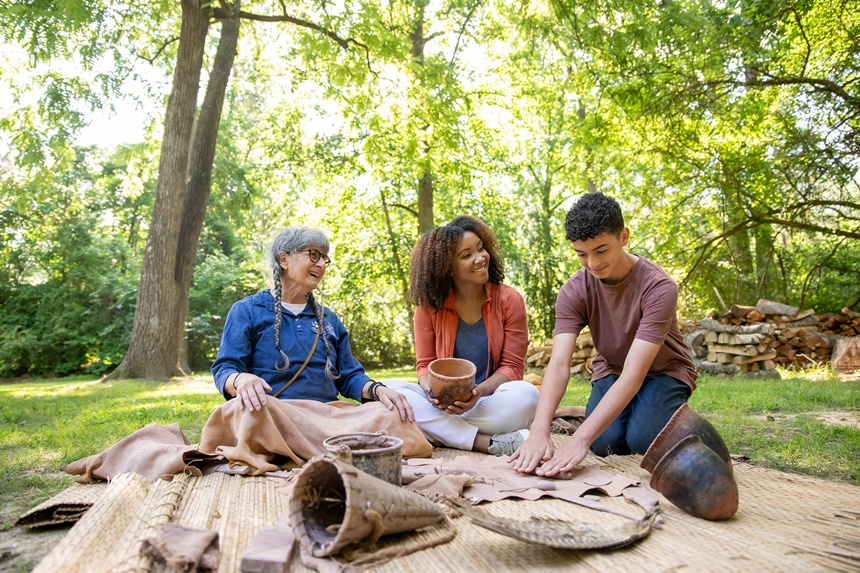
Christy S. Coleman, executive director of the Jamestown-Yorktown Foundation, says it’s important to understand the dynamics between the different groups at Jamestown because we wrestle with some of the same issues today, such as racial inequality and indigenous sovereignty.
“We’re covering all these stories,” she says. “Our mission is to explore the convergence of culture between these people and the legacy they left our country.”
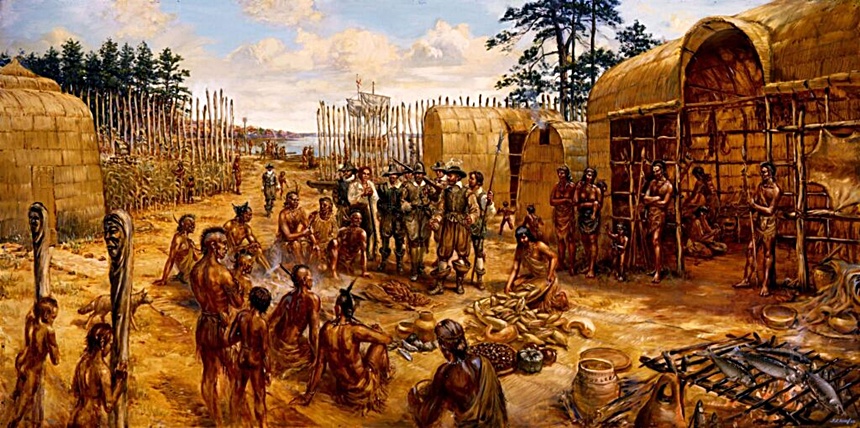
Outside, a walkway loops through the living history exhibits, beginning with a Paspahegh village, where reenactors teach about indigenous life at the time, and continuing with three replicas of the settlers’ ships, which you can board.
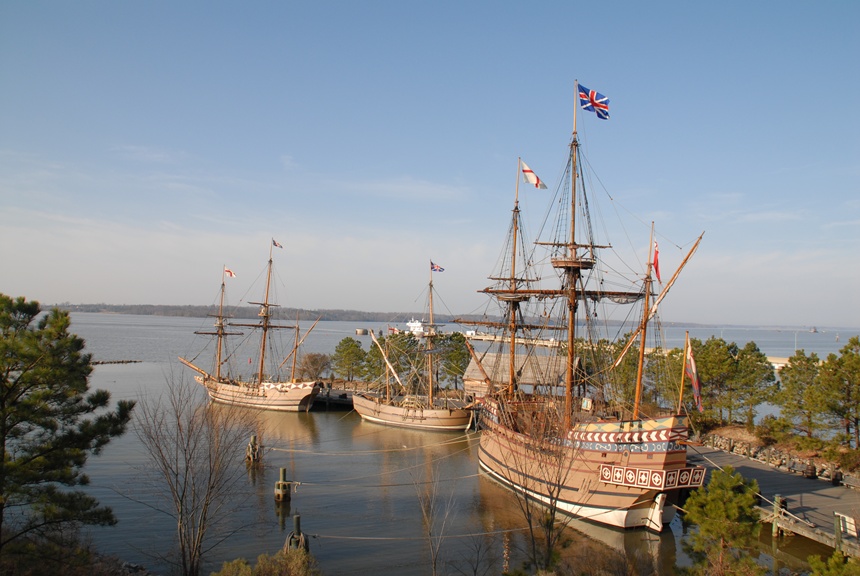
I recommend visiting Jamestown Settlement, with its museum and life-size recreation of the settlement, before nearby Historic Jamestowne (the actual archaeological site), especially if you have kids. The museum at Jamestown Settlement provides a good overview of who came and why, while its outdoor exhibits help you visualize what the settlement and ships might have looked like.
Historic Jamestowne
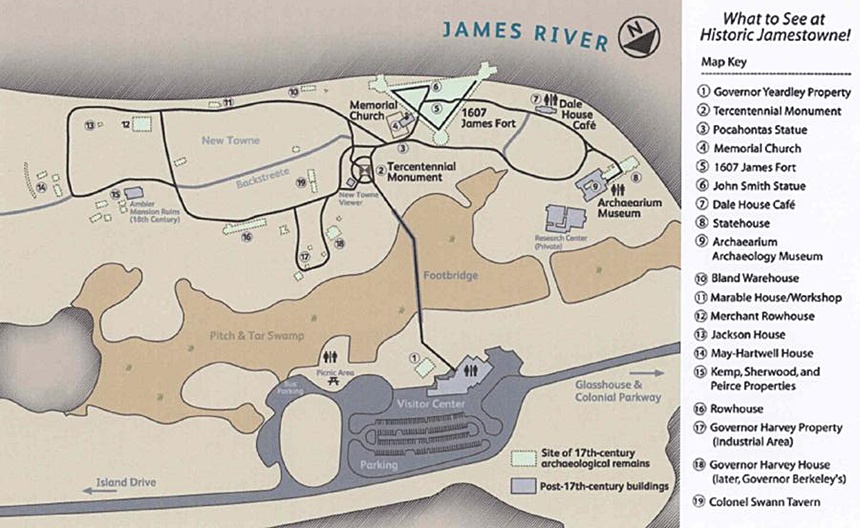
The site where the settlers actually landed and built Jamestown sits about a mile away from the recreated buildings at Jamestown Settlement. Part of the Colonial National Historic Park, Historic Jamestowne features dig sites with working archaeologists, a museum showcasing onsite archaeological discoveries, and guided tours on a variety of topics, from archaeology to the role women played in New World.
Mark Summers, public historian for Jamestown Rediscovery, which continues the archaeological investigation of the site, leads some of these tours.
“What happened in 1607 was momentous, but we’re trying to get away from just 1607,” he says, referring to the year the settlers arrived. “There are eight generations between John Smith and Thomas Jefferson, between Jamestown and Colonial Williamsburg. We’re trying to connect the 1600s to the 1700s.”
Summers says that he tries to do this on the tours he gives. For example, the First Assembly Walking Tour discusses how the First Assembly held at Jamestown laid the foundation for self-governance in the colonies, while the First Africans Walking Tour details the introduction of slavery at Jamestown in 1619.
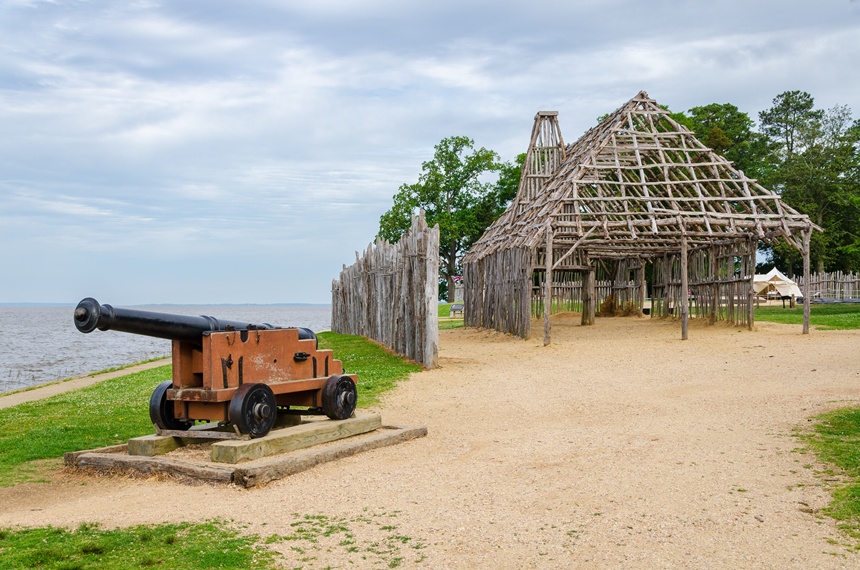
Archaeology has allowed Historic Jamestowne to tell these more diverse stories, according to Summers. Before, historians had only educated white men’s accounts of early settlements, but now, archaeological finds have provided insights into the lives of working men, women, indigenous people, and enslaved people. It’s giving them a much richer look at life in colonial America. For example, because the nuts and seeds found in the colony’s second well were all from native plants, we now know that the Paspahegh had taught the settlers what they could safely eat and how to prepare it.
Colonial Williamsburg
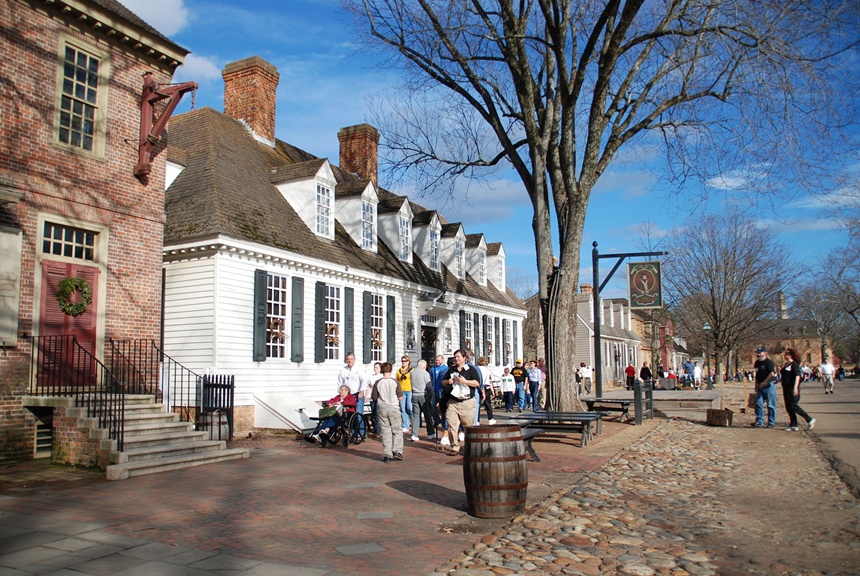
Following a fire that destroyed Jamestown in 1698, Williamsburg became the capital of Virginia and later played a role in the American Revolution. The Founding Fathers first debated independence in its capitol building and Raleigh Tavern, and in 1775, revolution almost erupted when Virginia Governor Dunmore seized the colony’s gunpowder supplies from its powder magazine.
The capitol, tavern, and magazine buildings, along with 86 other original structures, remain standing today in Colonial Williamsburg, the world’s largest living history museum. Ron Hurst, senior vice president of education and historic resources at Colonial Williamsburg, explains that because most of its population moved to Richmond when it became the state capital in 1780, Williamsburg froze in time.
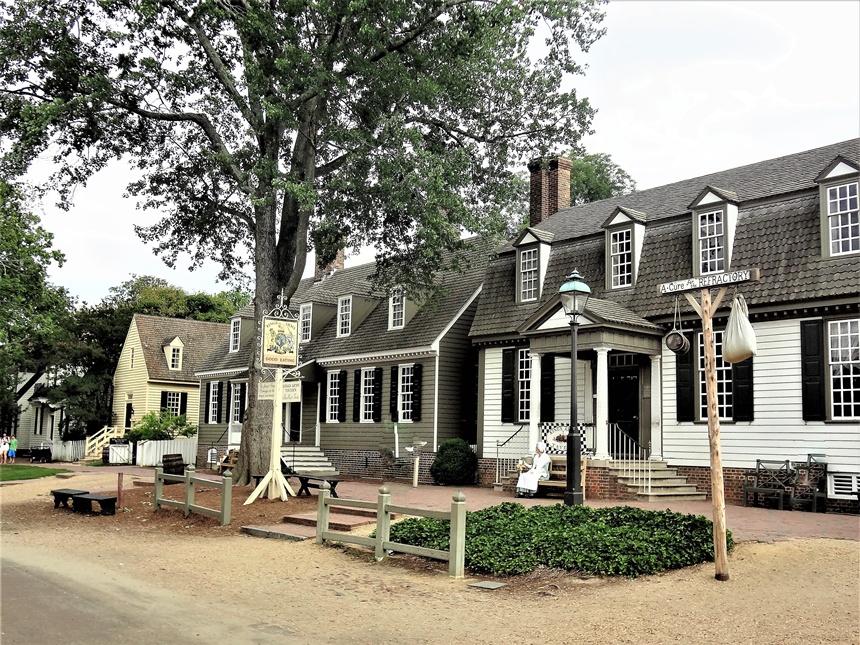
In addition to the historic buildings, the 301-acre attraction includes two art museums and a new archaeology center set to open next April. Archaeological sites are regularly added, too. In June 2025, the Williamsburg Bray School, which educated the city’s Black children, opened for tours. And next October, when the Historic First Baptist Church celebrates its 250th anniversary, Colonial Williamsburg will debut the African Baptist Meeting House and Burial Ground, the site where the congregation first gathered.
Hurst says that Colonial Williamsburg tries to incorporate the stories of city’s Black population at the time of the American Revolution wherever it can, but it has gone to even greater lengths recently.
“We’re going to tell you everything, good and bad, but we’re not going to tell you what to think about it,” he says. “That’s up to you.”
Yorktown Battlefield
From Colonial Williamsburg, head to Yorktown. It doesn’t matter whether you visit the battlefield first or the American Revolution Museum at Yorktown, so you may want to plan your visit around the guided tours at each.
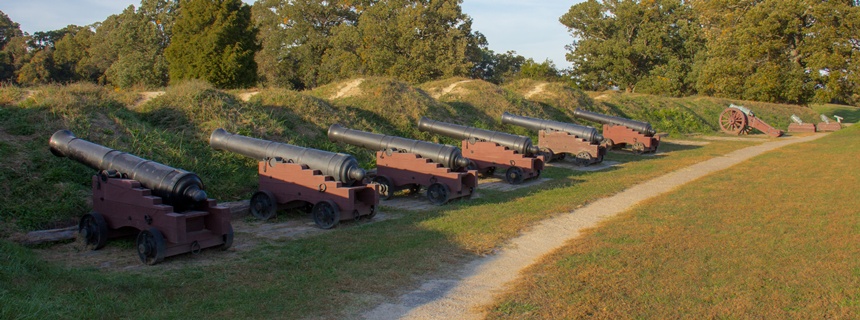
I started at Yorktown Battlefield with a guided Segway tour offered through Patriot Tours & Provisions. (The company also rents bicycles to explore the battlefield.) The tour snakes through town and visits the Yorktown Victory Monument, providing a general overview of the battle that ended with British surrender.
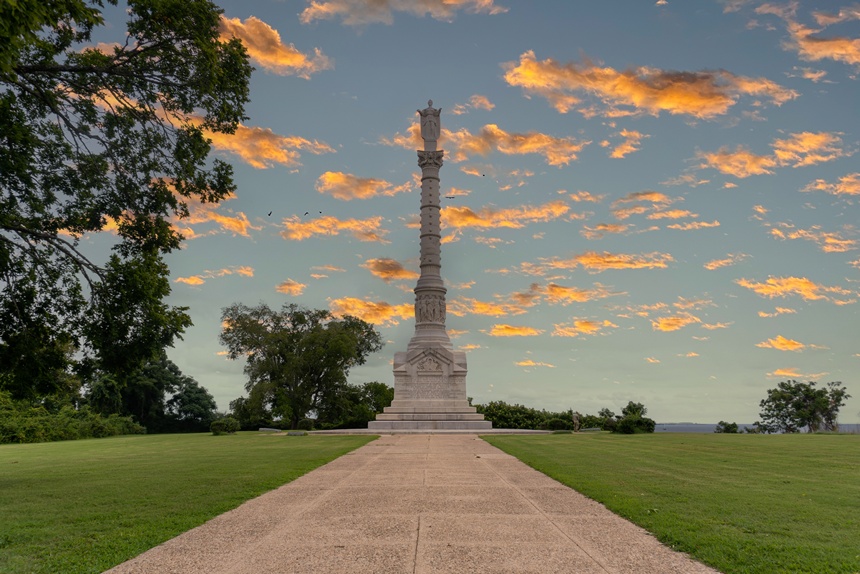
To learn more about the actual conflict, take a ranger-led tour of Yorktown or of the siege line. The park also offers two battlefield driving tours: the Yellow Route through the allied encampment and the Red Route to the most significant points of the battle. Although signage provides information along the way, you can purchase a CD audio tour from the visitor center’s gift shop or download the American Battlefield Trust’s free app for more insights.
American Revolution Museum at Yorktown
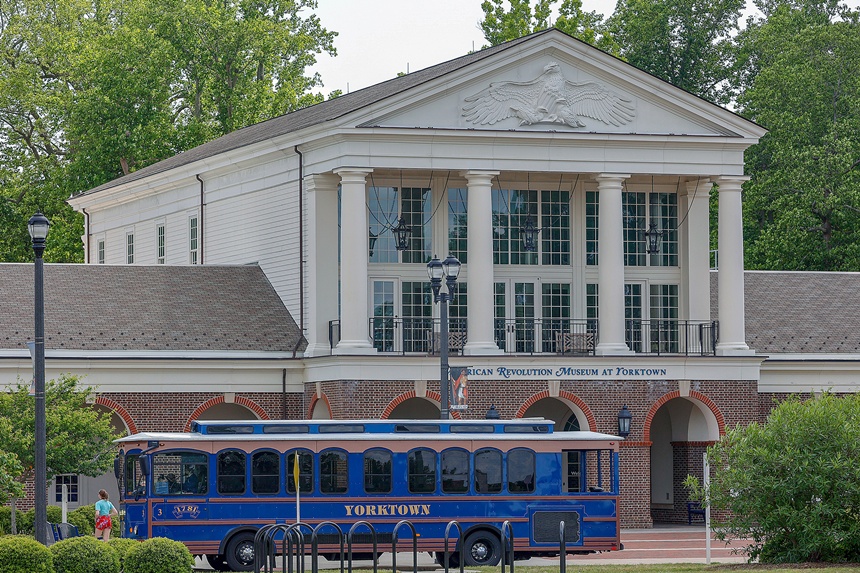
The American Revolution Museum at Yorktown follows the United States’ fight for freedom from the Declaration of Independence in 1776 to the British surrender at Yorktown in 1783. However, instead of simply recounting major battles, it introduces visitors to the diverse people who contributed to victory, including the French, whose timely entry into the war turned its tide.
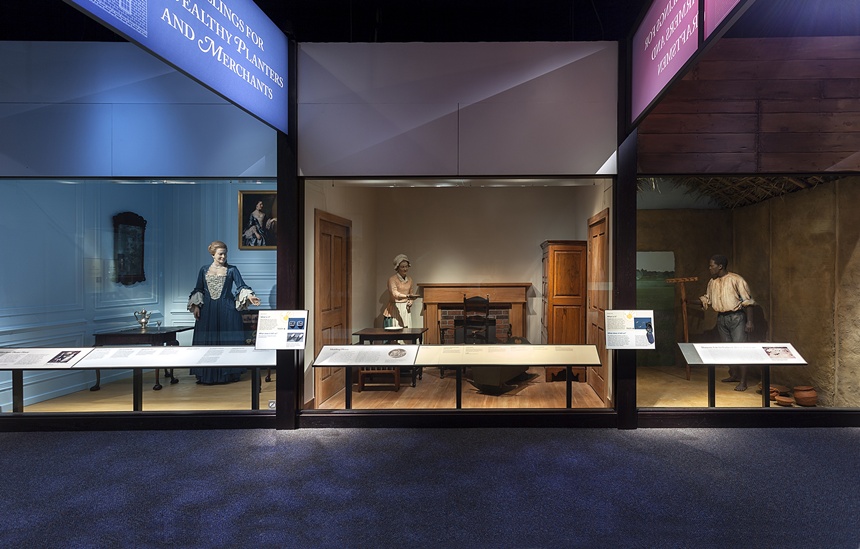
Executive Director Christy Coleman says the museum tries to bring the war to life with its outdoor exhibits. Visitors can see what an American encampment would have looked like and watch uniformed reenactors load and fire rifles and artillery. At the farm, they can talk to interpreters about the colonists’ daily life beyond the war as they faced life without British goods and food shortages.
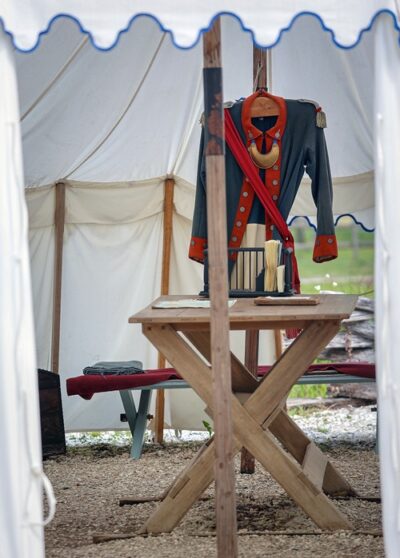
You can easily spend a full day at Yorktown between the battlefield and the museum and several days visiting the sites in Virginia’s Historic Triangle, according to Coleman. Tack on a few more days exploring all of Virginia for a deep dive into the history of the American Revolution.
“Virginia has our story,” she says, listing Thomas Jefferson’s Monticello, James Madison’s Montpelier, and George Washington’s Mount Vernon as historic sites related to the American Revolution that are worth visiting even though they are outside the Historic Triangle. “If you want to understand the birth of our nation, you’ve got to come to Viriginia.”
Become a Saturday Evening Post member and enjoy unlimited access. Subscribe now
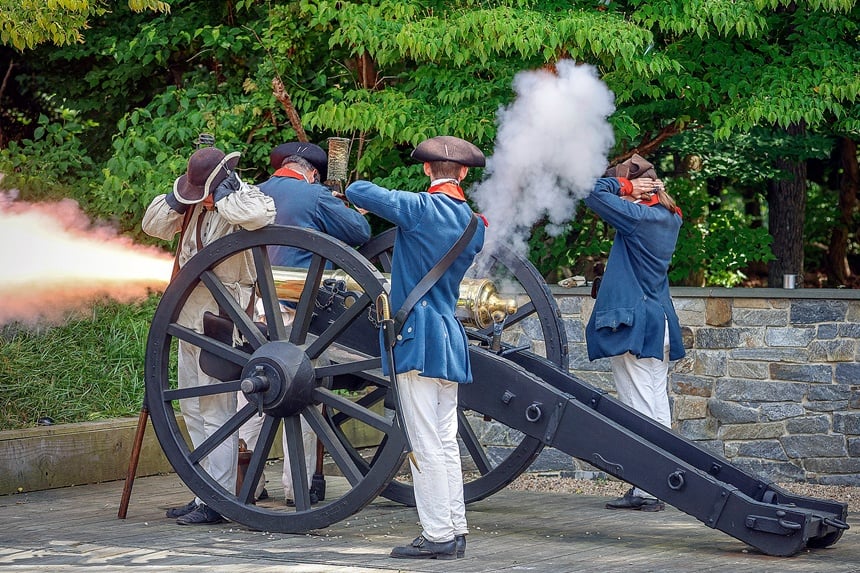
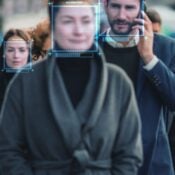
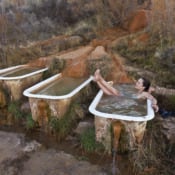
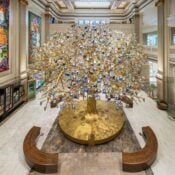
Comments
All of these places are fantastic to see and really take in, immersing yourself in American history in the present day. The love, devotion and care taken here for authenticity is second to none. There’s absolutely a sense of pride and patriotism just not found outside the original 13 colonies, never mind not found on the West Coast. One I’m embarrassingly aware of everyday.